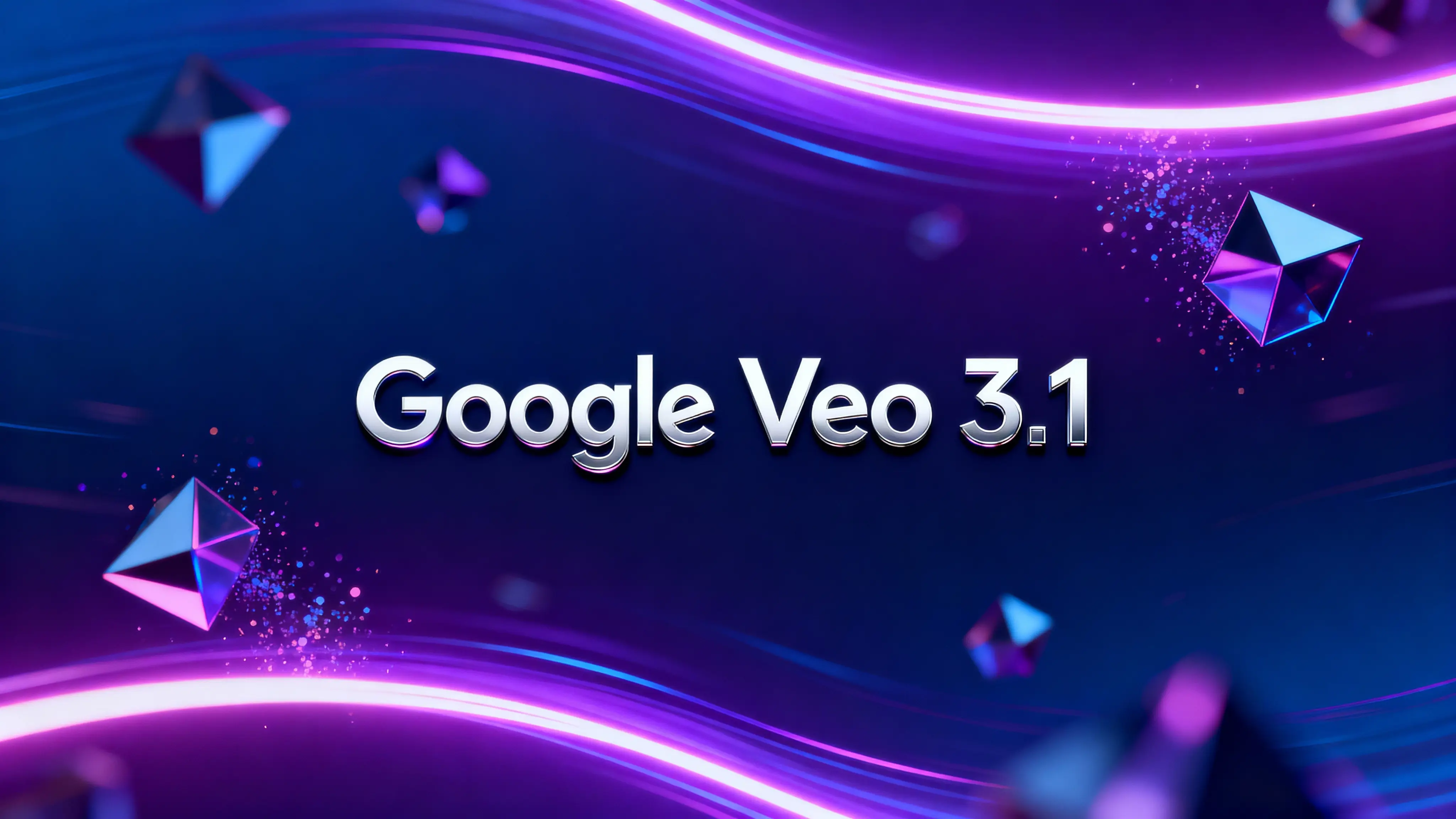Google Veo 3.1 Review-AI Video Generator with Cinematic Control
Full review of Google Veo 3.1 - featuring 1080p output, cinematic presets, character consistency, and multi-shot generation. Compare with Sora 2 and learn real-world use cases for creators.
In the fast-evolving world of AI video generation, each version feels like a visual revolution. Just as OpenAI’s Sora 2 dominates headlines, Google Veo 3.1 steps onto the stage — not as a mere software upgrade, but as a transformation of creative logic and cinematic experience.
Welcome to Google Veo 3.1, the model built to become every creator’s virtual “film director companion.”

Key strengths included:
- Native sound generation — realistic soundscapes matched to scenes.
- Physics simulation — natural motion, lighting, and physical interactions.
- Lipsync and emotion alignment — character expressions and dialogue felt alive.
But there were still limitations: short clips, limited camera shifts, and slower rendering. Veo 3.1 arrives to solve these — and more.
2. What’s New in Google Veo 3.1
Every upgrade in Veo 3.1 seems like a direct response to creators’ real frustrations. Here are five upgrades you’ll want to experience immediately:
a) Seamless Character and Scene Consistency
No more “face glitches” or background discontinuities. Veo 3.1 improves character identity tracking, maintaining emotional and visual continuity across multiple shots. It understands your protagonist like a director remembers their actor.
b) Full 1080p Generation and Long Video Freedom
Creativity finally gets its wings — Veo 3.1 now supports up to 30 seconds of 1080p footage, and Google hints at 60-second support coming soon. For filmmakers, marketers, and storytellers, that’s freedom redefined.
🎯 Want to test high-quality AI video yourself? Visit Google’s Veo 3.1 official experience page and see what true creative control feels like.
c) Cinematic Presets: Born for Directors
The most exciting update: Cinematic Presets — a toolkit that lets users behave like directors on set. You can select built-in camera styles like drone shots, tracking, or zooms; adjust lighting tone and emotional intensity; or switch atmospheres instantly.
No prompt engineering, no trial and error — it’s creative decision-making, not engineering.
d) Multi-Shot Generation
Veo 3.1 can automatically connect shots, handle transitions, and maintain narrative flow across scenes. For video storytellers, this is a revolution — multi-scene storytelling is finally native to AI.
e) Optimized Sound and Audio Synchronization
Audio in Veo has always been special, but 3.1 makes it cinematic. Sound effects, music, and ambient hits align perfectly with timecodes and mood shifts. The rhythm of editing feels seamless and intentional.
3. The New Creative Ecosystem: Real-World Use Cases
🎥 For Social Media Creators
Generate polished, story-driven short videos in under a minute — perfect for YouTube Shorts, Instagram Reels, or TikTok. Veo 3.1 eliminates the need for post-production tools.
💡 For Marketing & Advertising Teams
Create multiple ad versions quickly with different lighting moods, pacing, or camera angles. Test new visuals in minutes and scale creative experimentation with ease.
📚 For Education & Learning Media
Sound-synced narration and realistic simulation make educational videos more immersive. Even a physics lesson can now look like a mini-documentary.
🏢 For Brands & Corporate Communication
Transform product demos, training clips, or promotional films into cinematic, polished videos that combine visuals, narration, and brand aesthetics — all automatically.
4. The Rivalry: Google Veo 3.1 vs. OpenAI Sora 2
Veo 3.1 stretches into long-form storytelling, while Sora 2 focuses on ultra-realistic, short cinematic sequences.
Sora 2 captures the moment;
Veo 3.1 captures the story.
Their competition accelerates the future — one where AI video creation truly mirrors the intuition of film direction.
5. The Next Stage of AI Filmmaking
Google Veo 3.1 transforms “AI-generated video” from isolated aesthetic clips into living, breathing storytelling. It’s not only about realism — it’s about rhythm, emotion, and narrative purpose.
In essence, Veo 3.1 marks the shift from users prompting models to directors commanding virtual cinematographers. It’s the clearest sign yet that we’ve entered the director era of AI video.
The next leap — perhaps Veo 4 — may erase the limits of duration and resolution altogether. But until then, Veo 3.1 is more than enough to make 2025 the year you become your own AI film director.
👉 Start exploring your cinematic future with Google Veo 3.1 today — visit the official experience platform and create like a true storyteller.
